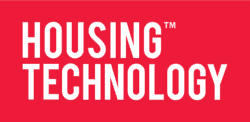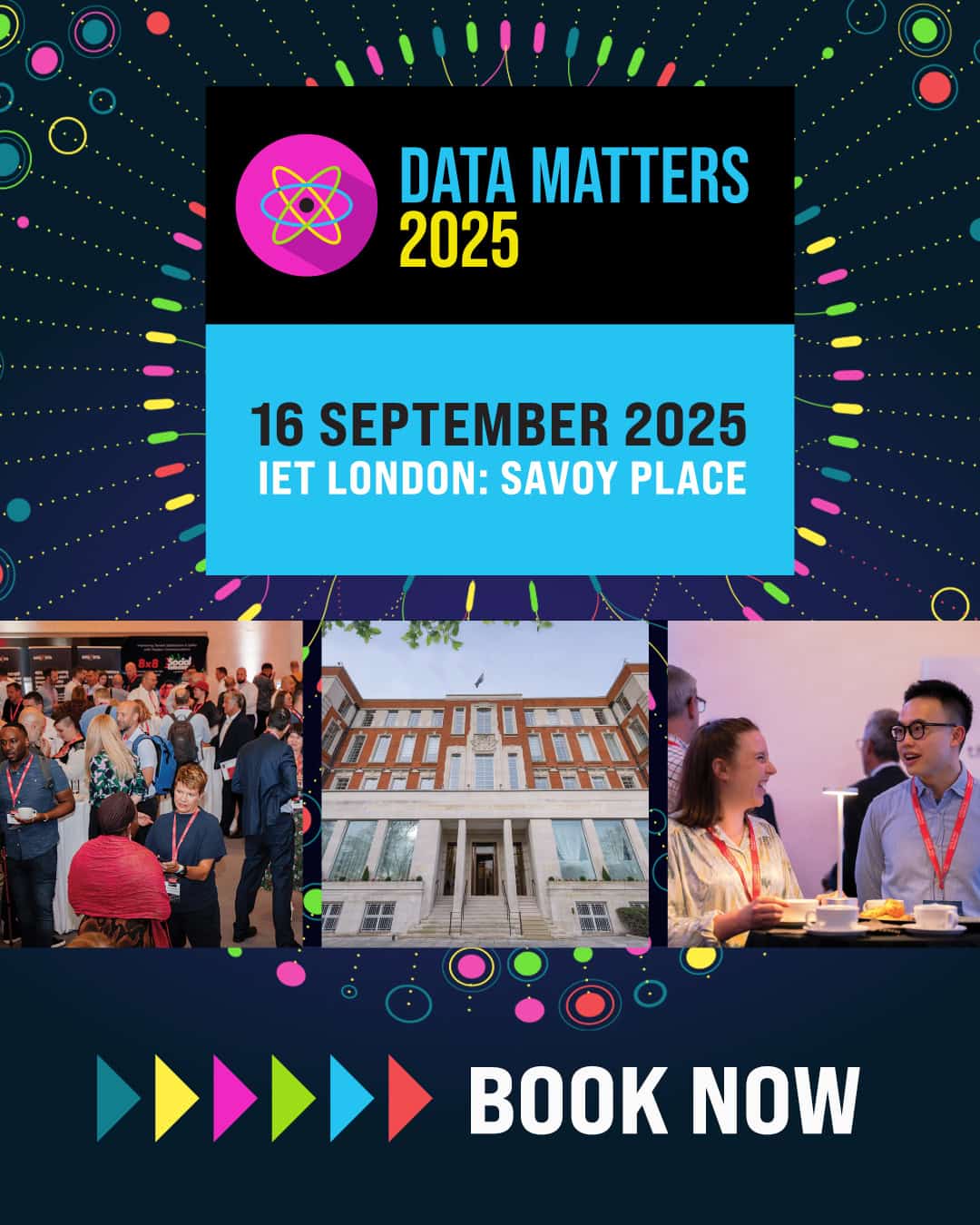Imagine managing thousands of homes, each with its own potential for leaks, damp, broken appliances and associated compliance risks. Now imagine trying to keep all of that in check with nothing but manual checks, tenant complaints and guesswork.
This is where the internet of things (IoT) can help. As our team recently explored during a customer-focused forum, this isn’t just another passing technology trend; done correctly, IoT could be a genuine game-changer.
The promise – Real-time insights & reduced costs
At its heart, IoT is about smart devices and sensors collecting real-time data, such as temperature, humidity, water flow, motion and air quality, and sending it to a central platform where it can be analysed, acted on and even automated.
For example, let’s consider damp and mould. Historically, housing teams have had to wait for tenants to report a problem or send someone out regularly to check. But with humidity and temperature sensors feeding live data into a central platform such as MRI’s IoT hub, the system can predict the risk of mould days before it becomes visible. The result? Support for compliance with Awaab’s Law and your obligations to maintain safe, healthy homes for residents while also helping to reduce property damage and the risk of disrepair claims.
And that’s only the beginning. Leak detection, Legionella monitoring, emergency lighting compliance and energy management are all ripe for smarter, sensor-driven strategies. We estimate that with the right implementation, IoT-driven environmental monitoring alone can boost building efficiency by over 35 per cent.
The pitfalls – Paralysis, ownership & capacity
If the benefits are clear, why hasn’t there been widespread adoption of IoT?
According to one of our forum participants, the answer is complex but relatable: “We want to be proactive but we’re stuck in a reactive state.”
Like many in the sector, this participant’s organisation had dipped its toes into IoT pilots but progress had been hampered by problems with data quality, unclear internal ownership (“Is this digital or asset’s job?”) and a sheer lack of capacity. The irony? You need breathing space to implement the very tools that would free up more time and resources.
There’s also a lack of standard roadmaps; targeting the right properties depends on your stock profile, tenant demographics, retrofit history and much more. That ‘analysis paralysis’ can slow or stall initiatives entirely.
The reality – Proactive over reactive
However, waiting comes at a cost. For example, when housing providers’ buildings are running lighting, heating or cooling systems unnecessarily, energy bills climb and emissions rise. By layering occupancy sensors with environmental data, organisations can flag and fix inefficiencies that were previously invisible.
Similarly, Legionella monitoring via smart sensors enables real-time compliance rather than labour-intensive manual flushing and testing. Emergency lighting, which currently involves expensive monthly inspections, could be self-tested automatically with the help of IoT-enabled systems, saving not just money but time, carbon emissions and compliance headaches.
The path forward – Start small but think big
How can housing providers find the ‘breathing space’ to break through the inertia?
- Start small – pick a single critical issue, such as damp and mould, and trial it in a high-risk segment of your housing portfolio.
- Use the data not just for fixes but to inform where to go next.
- Make sure ownership is clearly assigned, whether within digital, compliance or asset management teams.
- Don’t wait for perfection – even patchy data can reveal valuable insights.
Most importantly, shift the narrative. IoT isn’t about adding another layer of complexity; it’s about creating space, both literally and figuratively, for better decisions, healthier homes and more efficient operations.
As one participant explained during our customer forum, “You can’t control what you don’t measure.” With IoT, we finally have the tools to measure, but do we have the will to act?
Lorna Given is the director of product management at MRI Software.


